The C3 Supply and Demand Dashboard leverages state data to estimate child care needs versus availability. This dashboard provides a snapshot of the current child care climate using multiple data points to suggest relative geographic or age group needs.
For the best experience, please use a home computer or tablet to view the data within this dashboard.
